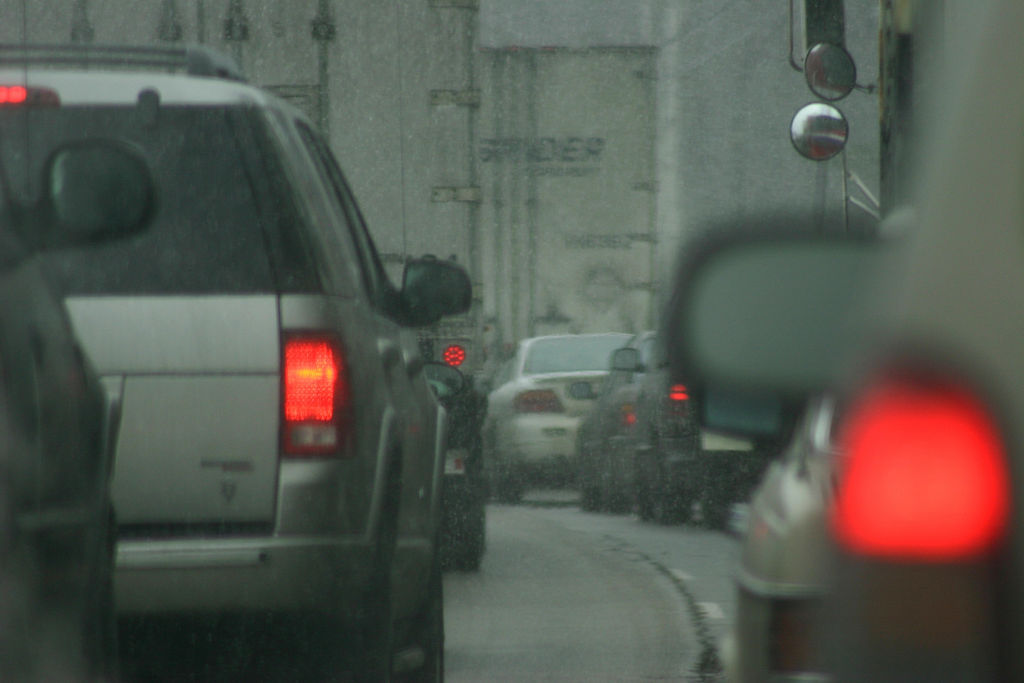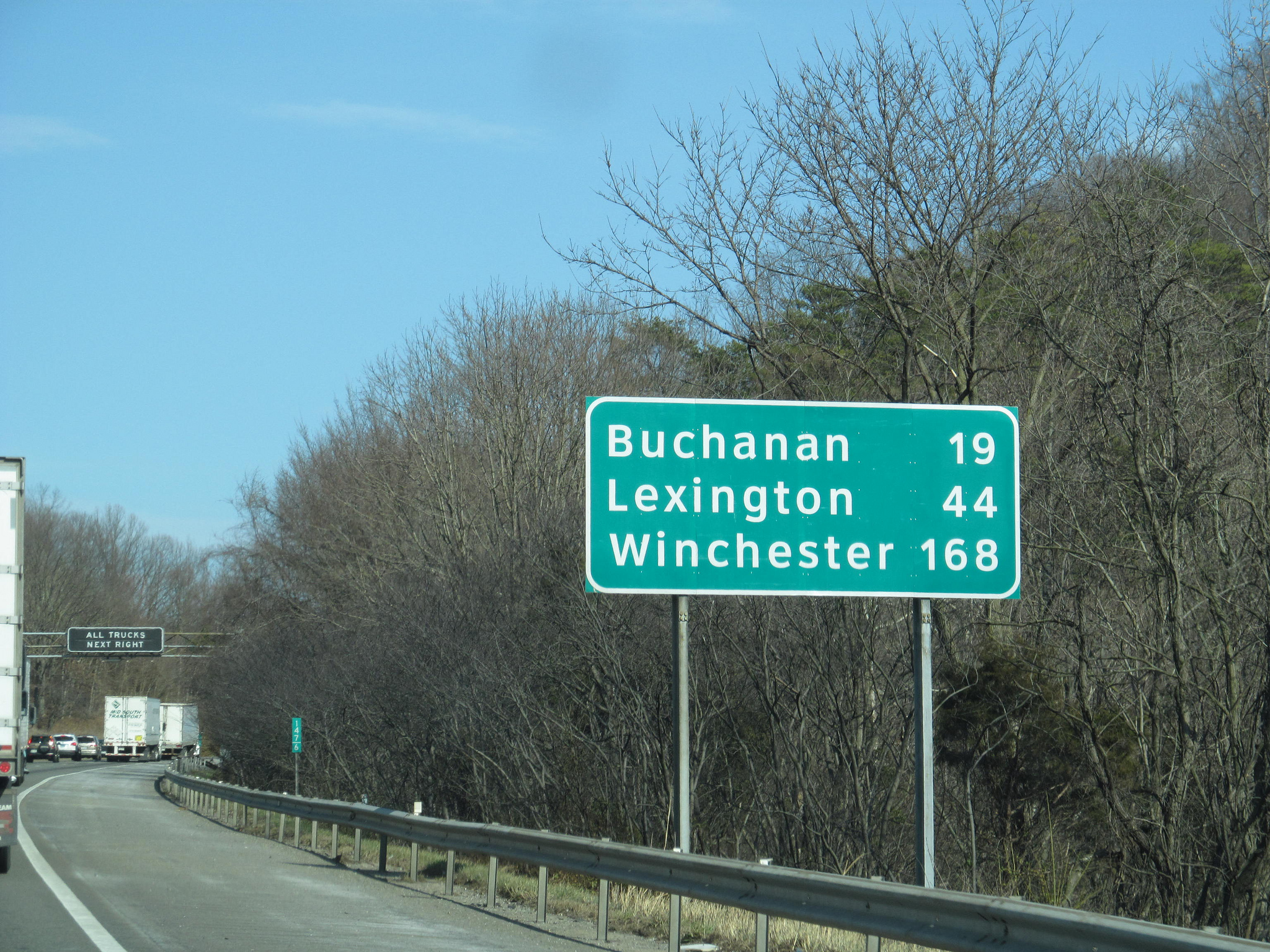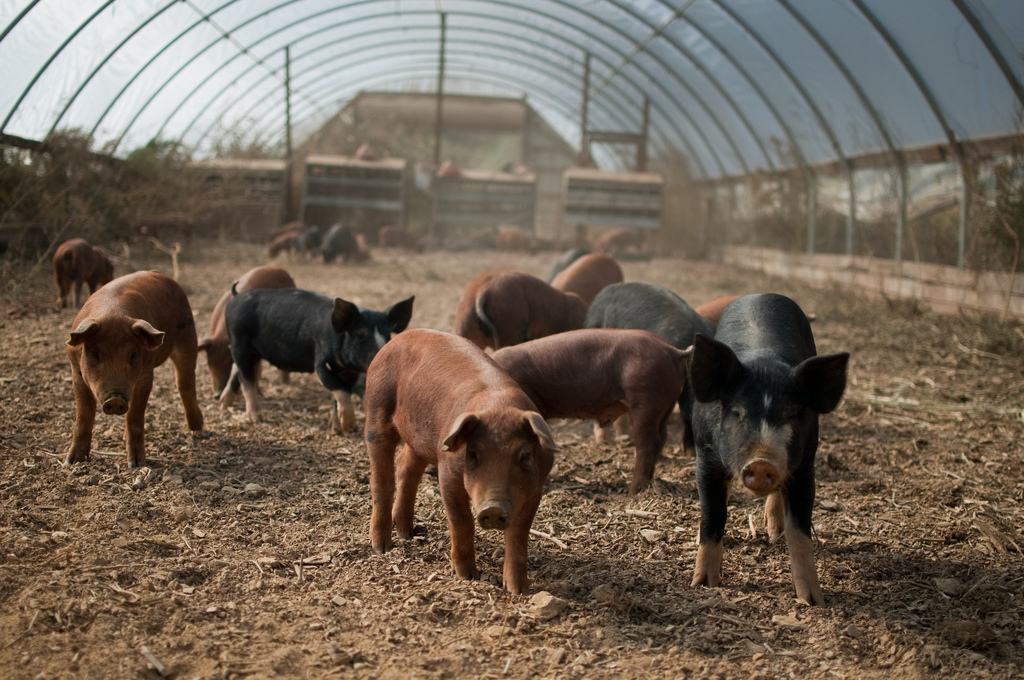Anyone who has traveled north or south of Stafford County, Virginia, has witnessed or even been a part of miles-long traffic jams where the only thing one can do is to stare at the North Dakota license plate on the tractor-trailer in front of them or poke fun at political bumper stickers on the back of the Prius in the next lane over. Though, wouldn’t Interstate 405 west of Los Angeles, California, or the George Washington Bridge going into Manhattan in New York City be worse in terms of the bumper-to-bumper lifestyle?
Apparently not…
A 2017 study from INRIX Roadway Analytics, an independent, cloud-based traffic data firm based on the West Coast, determined that the stretch of I-95 running through Fredericksburg, Virginia, was, in fact, home to the most congested area in the U.S. At least 1,394 traffic jams were recorded on the southbound lane over a two-month period, which placed the stretch of road at the top of the 25 most congested areas in the country.
In April 2019, Transportation Secretary Shannon Valentine announced the formation of a congestion study to be conducted in partnership with the Commonwealth Transportation Board, Virginia Department of Transportation, Virginia Department of Motor Vehicles, and Virginia State Police.
The study’s inception was brought forth by two House resolutions sponsored by Delegate Mark Cole (R-Spotsylvania) during the 2019 legislative session, which were aimed at developing a strategic plan to deal with congestion along the I-95 corridor.
H.J. 581 would require a study of the portion of the I-95 corridor between Exit 118 and the Springfield Interchange, financing options for improvements to the corridor, and the effect that enhanced transit service would have on mitigating traffic along the corridor. The resolution was passed almost unanimously in both the House of Delegates and State Senate.
H.J. 580 would have established a joint legislative subcommittee to study the feasibility of widening I-95 between Exit 118 and the Springfield Interchange. Though, the bill was tabled until the 2020 session.
Regardless, the Virginia General Assembly is making headway in attempting to tackle the growing congestion problems on the main traffic artery running the length of the East Coast. Nevertheless, as always, financing is set to become the main problem – just like the improvements to western Virginia’s Interstate 81 corridor have suffered.





